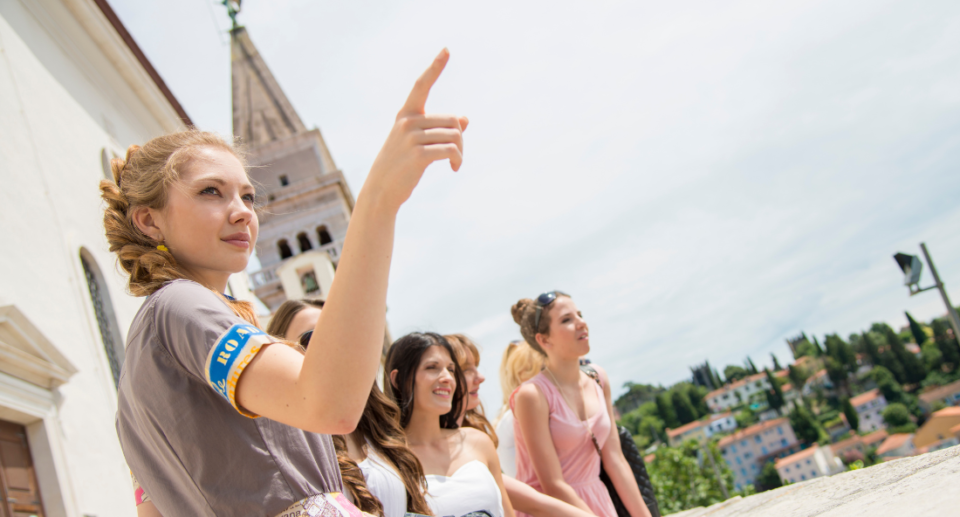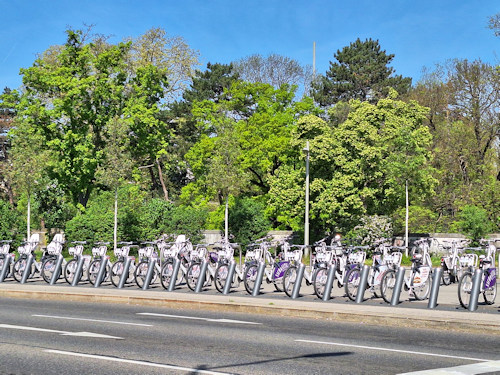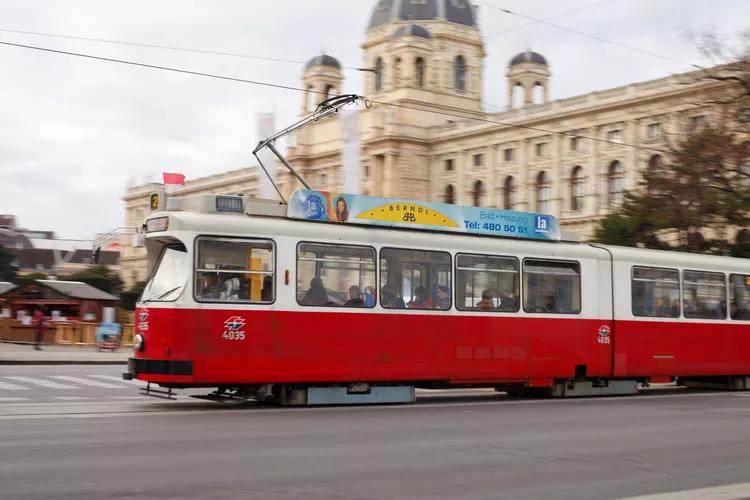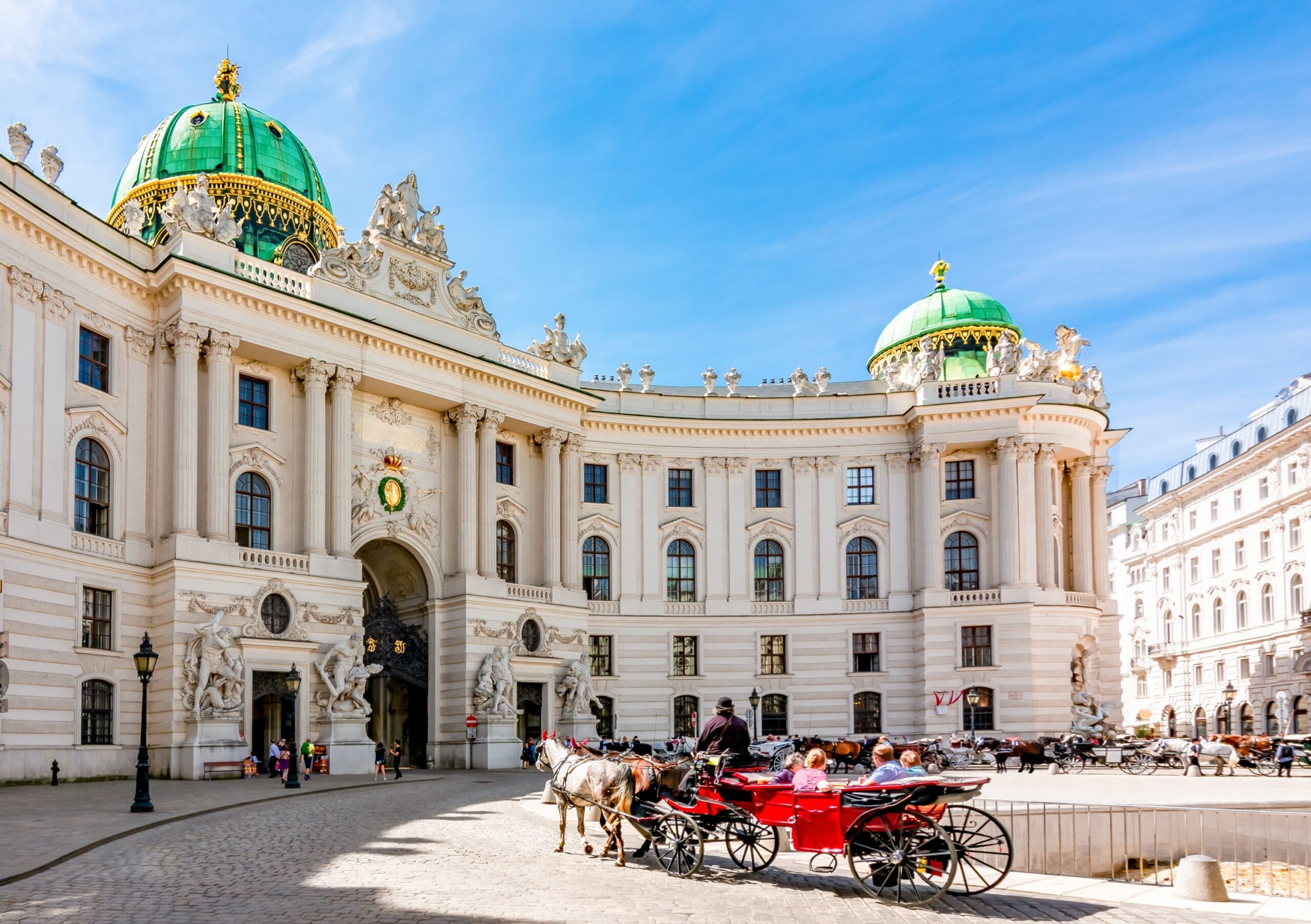First-Time Visitors to Vienna: Your Ultimate Guide

Vienna, the capital of Austria, is a city that effortlessly combines imperial grandeur with modern charm. Whether you’re here for the historical landmarks, the vibrant art scene, or the world-renowned coffee culture, Vienna has something for everyone. For first-time visitors, navigating the city can be both exciting and overwhelming. This guide will help you make the most of your trip to Vienna and ensure you experience its best offerings.
1. Top Attractions in Vienna
When visiting Vienna for the first time, there are several must-see attractions that showcase the city’s rich history and cultural significance. Here are some of the most iconic landmarks:
- Schönbrunn Palace: A UNESCO World Heritage site, this stunning palace was once the summer residence of the Habsburg emperors. Visitors can tour the lavish rooms, wander through the extensive gardens, and even visit the world’s oldest zoo located on the palace grounds.
- St. Stephen’s Cathedral (Stephansdom): Located in the heart of Vienna’s historic center, this Gothic masterpiece is one of the city’s most recognizable landmarks. Climb the 343 steps of the South Tower for panoramic views of Vienna.
- The Hofburg Palace: Once the residence of the Habsburg dynasty, the Hofburg Palace is now home to several museums, the Austrian President’s office, and the Spanish Riding School, famous for its Lipizzaner horses.
- Belvedere Palace: This baroque palace houses an impressive art collection, including the world-renowned painting “The Kiss” by Gustav Klimt. The palace grounds are perfect for a leisurely stroll, with beautiful gardens and fountains.
- Vienna State Opera: For those who love music, Vienna is synonymous with classical compositions. A visit to the Vienna State Opera is a must, whether you attend a performance or simply take a guided tour.
2. Getting Around Vienna
Vienna has an excellent public transportation system, making it easy to explore the city. Here’s a quick overview of how to get around:
- The U-Bahn (Subway): Vienna’s U-Bahn is fast, reliable, and covers most of the city’s major attractions. There are five lines (U1 to U6), and trains run every few minutes. Purchase a 24-hour or 72-hour pass for unlimited travel.
- Trams and Buses: Vienna’s tram system is extensive and a great way to explore the city’s streets at a leisurely pace. Buses also operate throughout the city, providing access to areas not covered by the U-Bahn.
- Walking: Vienna’s city center is compact, and many attractions are within walking distance. Strolling through the city allows you to soak in the architectural beauty and discover hidden gems along the way.
- Cycling: Vienna is bike-friendly, with plenty of bike lanes and rental stations. Renting a bike is a fantastic way to see more of the city, especially along the scenic Danube River.
3. Vienna’s Famous Coffeehouse Culture
No trip to Vienna is complete without experiencing its legendary coffeehouse culture. Vienna’s coffeehouses are more than just places to grab a cup of coffee; they are an integral part of the city’s social life and intellectual history. Famous coffeehouses to visit include:
- Café Central: Once frequented by famous intellectuals like Sigmund Freud and Leon Trotsky, Café Central is a must-visit for its historic ambiance and classic Viennese pastries.
- Café Sacher: Located next to the State Opera, this is the birthplace of the famous Sacher-Torte, a rich chocolate cake that pairs perfectly with a strong cup of Viennese coffee.
- Café Demel: Established in 1786, this historic café offers traditional pastries like Apfelstrudel and serves as the former purveyor to the royal court.
4. Where to Eat in Vienna
Vienna is a food lover’s paradise, offering a mix of traditional Austrian cuisine and international flavors. Some dishes you simply must try include:
- Wiener Schnitzel: This classic Austrian dish consists of a breaded and fried veal cutlet, typically served with potato salad or parsley potatoes. You’ll find it in most traditional Viennese restaurants.
- Sachertorte: As mentioned earlier, this chocolate cake is a Viennese specialty. You can enjoy it at Café Sacher or any number of other cafés in the city.
- Tafelspitz: A favorite of Emperor Franz Joseph, this dish features boiled beef served with horseradish and potatoes.
- Street Food: For a quick bite, stop by a Würstelstand (sausage stand) and try a Käsekrainer (cheese-filled sausage) or Bratwurst.
5. Cultural Experiences in Vienna
Vienna’s cultural offerings are vast, making it a haven for art and history enthusiasts. Here are some key cultural experiences to include in your itinerary:
- MuseumsQuartier: One of the largest cultural complexes in the world, the MuseumsQuartier houses contemporary art museums like the Leopold Museum and the Museum of Modern Art.
- Albertina Museum: Home to one of the most important graphic art collections in the world, including works by Picasso, Monet, and Klimt.
- Vienna Philharmonic Orchestra: Catching a live performance by the Vienna Philharmonic Orchestra is a bucket-list experience for music lovers. Be sure to book your tickets in advance.
6. Day Trips from Vienna
If you have extra time, consider taking a day trip from Vienna to explore more of Austria’s beautiful landscapes and neighboring cities:
- Wachau Valley: Famous for its vineyards, quaint towns, and historic castles, the Wachau Valley is a UNESCO World Heritage site and can be easily reached from Vienna by train or boat.
- Bratislava: Just an hour away by train, Slovakia’s capital is an excellent day-trip option. Explore its charming Old Town, medieval castle, and riverside views.
- Baden bei Wien: A spa town just outside of Vienna, known for its hot springs and beautiful parks. Perfect for a relaxing escape.
7. Practical Tips for First-Time Visitors
- Language: While German is the official language, many Viennese people speak English, especially in tourist areas.
- Currency: Austria uses the Euro (€). Credit cards are widely accepted, but it’s always handy to carry some cash for smaller purchases.
- Tipping: It’s customary to tip about 5-10% in restaurants and cafes.
- Weather: Vienna has a continental climate, with cold winters and warm summers. Spring and fall are ideal times to visit, as the weather is mild and there are fewer crowds.
Whether you’re soaking in the imperial history at Schönbrunn Palace, indulging in coffeehouse culture, or enjoying the vibrant art scene, Vienna is a city that leaves a lasting impression. This guide offers just a glimpse of what Vienna has to offer, but your first visit will likely make you fall in love with this magical city.









